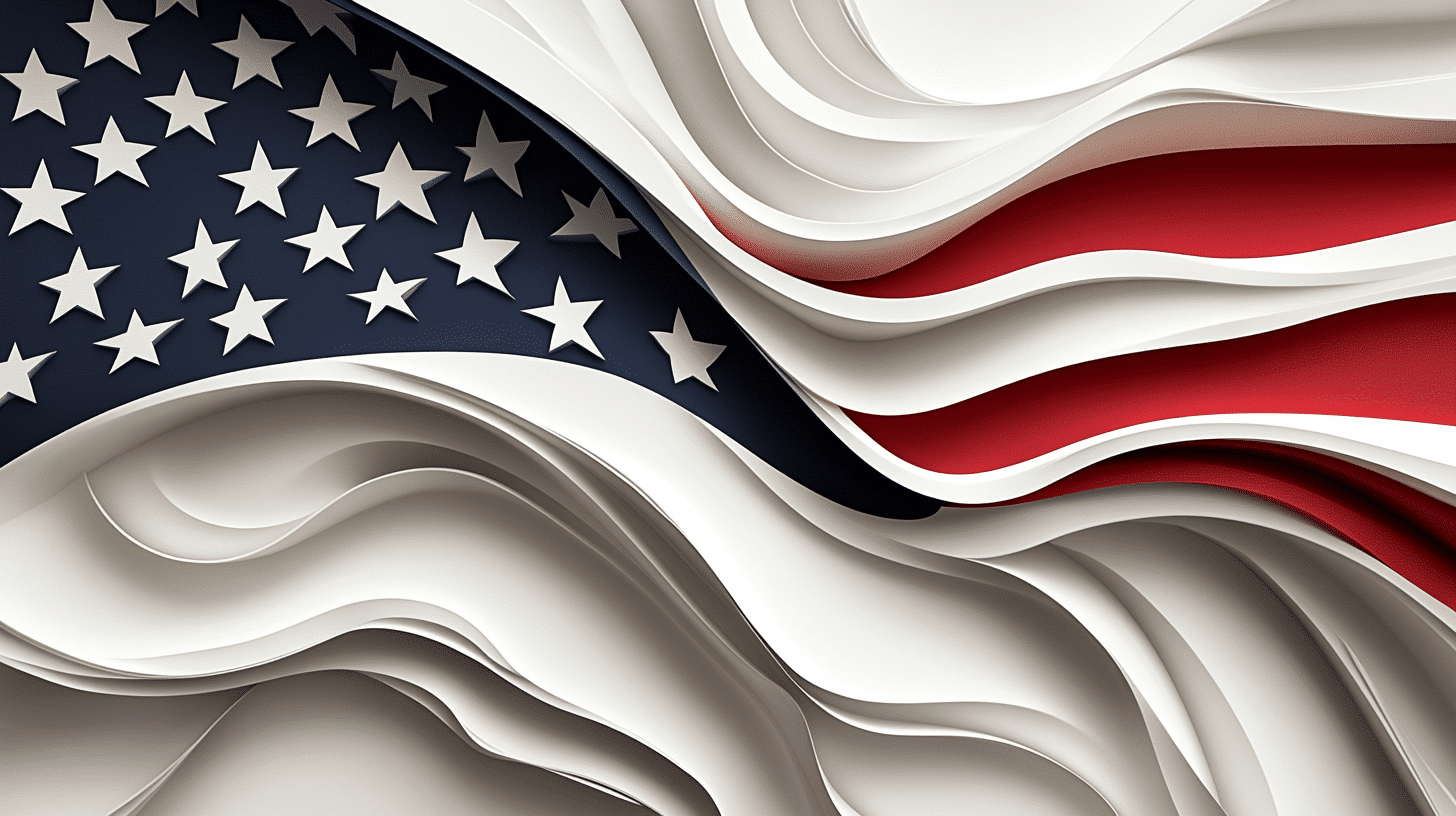What is U.S. General Election Day?
U.S. General Election Day is observed every first Tuesday in November, marking the day when citizens across the United States vote to elect public officials, including members of Congress, state and local representatives, and, every four years, the President and Vice President. Established by Congress in 1845, this day is vital to American democracy, as it enables citizens to directly participate in shaping their government and policies. It’s a day of civic duty and public responsibility, giving eligible voters the opportunity to have a voice in local, state, and federal governance.
Election Day falls on the first Tuesday after the first Monday in November to provide a consistent timeframe for national voting. This timing has historical significance, aligning with agricultural schedules in the 19th century when most Americans lived in rural areas and Tuesday was deemed convenient for farmers traveling to polling locations.
History and Origin
The tradition of General Election Day was formalized by Congress in 1845 to unify the timing of presidential elections across all states. Prior to this, states held elections on various dates, leading to inconsistencies and logistical challenges. November was chosen because it allowed farmers to travel and vote without disrupting the busy harvest season, while Tuesday was selected to give a day of travel for those attending Sunday church services. Election Day was set after the first Monday to avoid conflicts with All Saints’ Day on November 1 and ensure a full week for candidates and officials to organize.
Since then, the date has remained the same, with elections held every even-numbered year for Congressional seats and every four years for presidential elections. Over the decades, Election Day has grown into a significant cultural and civic event, with high-stakes participation, political discussions, and community involvement.
Who Participates in U.S. General Election Day?
- Eligible Voters: Citizens over the age of 18 who are registered to vote participate by casting ballots for local, state, and federal offices, including referendums and ballot measures.
- Election Officials and Poll Workers: Staff at polling stations facilitate the voting process, ensure voter security, and manage election-day operations.
- Political Candidates and Campaigns: Candidates and their teams work intensively on Election Day to maximize voter turnout and support, often organizing last-minute rallies or sending reminders.
- Community Organizations: Civic groups, nonprofits, and advocacy organizations help educate voters, provide resources for getting to the polls, and conduct outreach to increase voter turnout.
- Media Outlets: News organizations cover the day with live updates, exit polls, and results, playing a critical role in keeping the public informed throughout the day.
Slogans and Themes
U.S. General Election Day emphasizes themes of civic duty, participation, and democracy. Common slogans include “Every Vote Counts,” “Your Voice, Your Vote,” and “Power to the People.” These messages encourage individuals to exercise their voting rights, reminding them that their participation influences the future of their communities and nation.
Colors, Symbols, and Patterns
- Colors:
- Red, White, and Blue: Represent the colors of the American flag, symbolizing patriotism, unity, and national identity.
- Black and White: Used in campaign literature to symbolize neutrality and focus on facts and issues.
- Gold: Often used to signify the value and importance of civic responsibility and the act of voting.
- Symbols:
- Voting Booth: Represents the democratic right to a private and secure vote.
- Ballot Box: Symbolizes the act of casting a vote and contributing to the democratic process.
- American Flag: Represents patriotism, national pride, and the importance of civic duty.
- Patterns:
- Stars and Stripes: Reflects the American flag and the unity of the states in the federal election process.
- Check Marks: Symbolize completed ballots and the voting process.
- Wave Patterns: Represent movement and change, reflecting the evolving nature of democracy.
Most Used Hashtags
- #ElectionDay
- #Vote
- #YourVoteMatters
- #DemocracyInAction
- #EveryVoteCounts
How to Participate in U.S. General Election Day
- Vote: If you’re eligible, make a plan to vote on Election Day. Find your polling location, check the hours, and ensure you have the necessary identification if required by your state.
- Encourage Others to Vote: Remind family and friends to vote, and consider offering assistance, such as helping with transportation to polling locations or sharing voting resources.
- Volunteer as a Poll Worker: Many polling stations rely on volunteers to help manage the voting process. Poll workers assist with checking in voters, helping with ballots, and maintaining order at the polling location.
- Stay Informed: Follow news updates, watch election coverage, and be aware of key issues and candidates on your ballot. Understanding the impact of your vote helps you make more informed decisions.
- Post on Social Media: Share your experience on Election Day, whether it’s a selfie with an “I Voted” sticker or information on polling locations and resources. Encouraging others to vote helps build a culture of civic engagement.
Why is U.S. General Election Day Important?
U.S. General Election Day is a cornerstone of American democracy, providing citizens with the opportunity to directly influence their government. By voting, individuals have a say in who represents them and how issues are addressed at local, state, and federal levels. This day embodies the principle that government should be “by the people, for the people,” reminding everyone that participation is essential to maintaining a representative democracy.
Beyond choosing leaders, Election Day fosters a sense of community and unity, bringing Americans together to make decisions that affect their collective future. It reinforces the idea that each person’s voice matters, with every vote playing a role in shaping policies and outcomes. In this way, General Election Day is more than just a civic duty; it’s a celebration of democratic rights and the power of the people.
Features
First Tuesday of November: U.S. General Election Day
Why do you keep falling for the same type?
Read the article Lovemaps: the hidden blueprint of our love.

